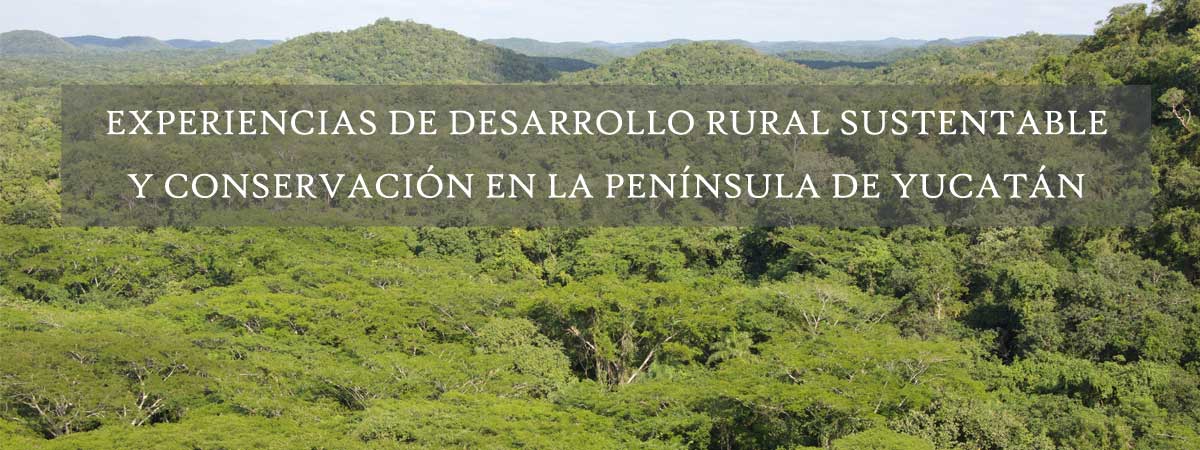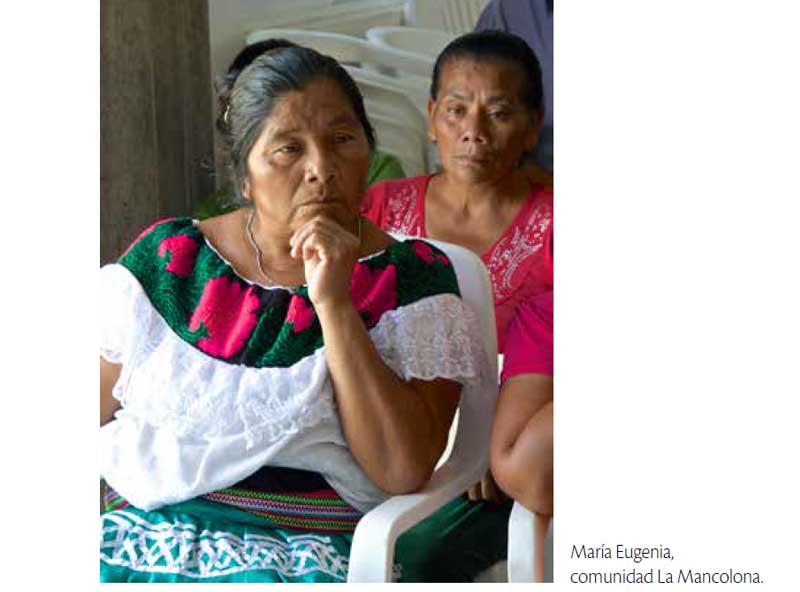Community Conservation and a change of vision, La Mancolona

The government gave each family 50 hectares, and because of their tradition of working in the milpa, they started to open plots to farm, and that was the beginning of the transformation of a forest with high biodiversity towards fragmentation. It took little time to discover that the soil was not suitable for commercial agriculture and barely enough for self-subsistence. It seemed more appropriate to aim towards a managed landscape that contemplated natural resources conservation, rather than an agricultural destination. However, that involved a profound change of vision for its inhabitants. Finally, with the support of technical advisers and the implementation of incentives for conservation, women and men with a great sense of collaboration were involved in a proposal which confirmed the rightfulness of the new community name: Unión 20 de junio (June 20th Union). "When the community discovered that soils were unproductive, a feeling of frustration took over", Juan Alberto Villaseñor of DICOS AC explains. In response, organizations with proposals for conservation began to arrive, but this generated mistrust because they had already been relocated once for the creation of a reserve, and feared that engaging with conservation activities could limit their livelihoods. In addition, as community people tell, there were deep-rooted cultural aspects, for example they had the belief that a man is truly a man if he cuts down at least 20 hectares of forest to make a milpa. Changing that view was a challenge. In the case of the PES program, DICOS AC is the technical responsible to CONAFOR, and they have to present renewal applications, reports and follow up field work, as well as to ensure that commitments are met. The community is responsible for clearing gaps to prevent fire, placing of nests and troughs for wildlife, posting signs indicating the ban on hunting, illegal logging, extraction of flora and fauna, and installing protective fences in the case that there is cattle in the hinterland, so that there is no grazing inside the premises. In 2013, the community began to work with an ecotourism project. Julio López, community naturalist guide, expresses that for two years they have been receiving students from England, Belgium and national universities for five or six weeks to monitor biodiversity. "People here know that their natural resources have a great potential," Julio said. "The workshops were always very participatory and with a positive learning attitude", Juan Alberto says. Here decisions are made together, and women and men participate equally. This community is characterized by joint work and good organization.
A key point was that the inhabitants of La Mancolona (Unión 20 de Junio) were able to reinvest the PES revenues. "While part was to cover their basic needs, they assigned a part of it to enable their apiaries, another part to build jagüeyes (watery) and for tourism projects," Juan Alberto says. "All these investments can continue generating revenues beyond the economic incentives received by the program, and people understood that maintaining a landscape managed with a tendency to conserve biodiversity does not mean they cannot do anything with the forest, but they can use it and receive incentives if they do well". La Mancolona experience is instructive, and once again demonstrates how decisions that define the fate of a landscape are in the hands of its own inhabitants and organizations working at that level. Strongly committed supporting organizations, and a community with high social cohesion and a sense of collaboration, managed to change the running course that seemed to inevitably lead to an increasing deterioration of resources and of the community's economy, and they have built a common vision so that the forest provides them resources in a comprehensive way that sustains their livelihoods in a landscape where the forest prevails. |




















